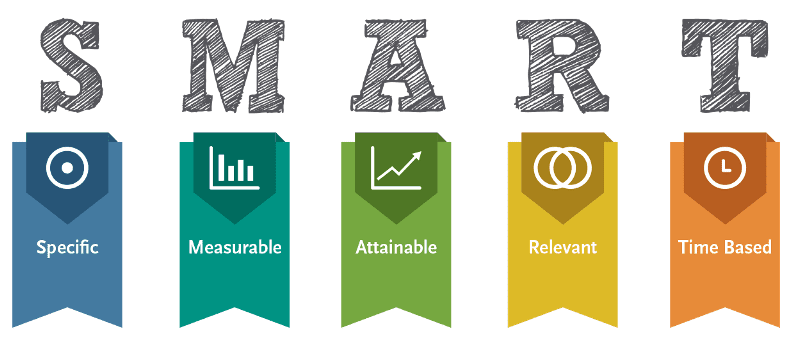April is National Financial Literacy Month, which was established to highlight the importance of the topic and teach Americans how to establish and maintain healthy financial habits. Why is it so important? Here are a few facts about the country’s financial situation that might surprise you:
- About 75% of U.S. workers are in some form of debt.
- Only 39% of Americans would be able to cover a $1,000 emergency if something happened to them today.
- There are about 44 million student loan borrowers in the U.S. right now, with a total of over $1.4 trillion in student loan debt.
With these statistics in mind, it’s clear that many people struggle with their finances. To reinforce the importance of increasing our financial literacy and provide some tips to help educate, we will be outlining the four steps you can take to start your journey to financial wellness.
Hearing the words finance, money, or accounting can make any person’s blood pressure rise. No wonder that personal finance is cited among most HR professionals as a source of stress having a large impact or some impact on employee performance (Mohney, 2018).1 Most of this stress originates from lack of financial literacy—something that can be corrected. By taking control of your money, you’ll gain a money roadmap to follow. And when your budget starts working for you, the strain of living paycheck to paycheck will lessen, you’ll be able to chip away at loans and credit card debt, you will be able to better navigate impulse buys and you’ll ultimately be able to reach your financial goals.

The first step to having a stable financial life is setting SMART goals and creating a plan. A goal can be anything from saving for a down payment on a car, taking a vacation, or paying off all your debt. The important thing is to have a clear goal to make sure you stay motivated and stick to your plan. Everything comes down to priorities, and what you would like to accomplish. Without setting goals or objectives, life becomes a series of chaotic happenings you don’t control.
Once you set a goal, you need to start planning by making a budget. This is simply a way of knowing how much you make and where your money needs to be allocated. The easiest way to budget is to write down how much you earn a month (net income) and list all expenses, such as utilities, rent/mortgage, and food. After you list all your expenses, you subtract your expenses from your income. If you have money left over, assign that money to paying off debt or to a savings account, depending on your goal. If you are over budget, eliminate costs that are not strictly necessary, such as music streaming services, cable TV, or that cup of coffee you grab on your way into work every morning. Then, you can track your expenses to make sure you do not go over budget. Lastly, remember to review and revise your plan and budget as needed. The more often you track your expenses and balance your budget, the easier the process will become.
If you would like to use a ready-made template, Microsoft Excel and Google Docs have budget templates ready for you to simply input numbers. You can also visit websites such as Investopedia and Money Management International for a detailed guide on creating a budget and more personal finance resources.
If you want a more secure and financially stable existence, budgeting is the way to go. So make your money plan today and create a budget for yourself and be intentional about using it. In the end, you’ll have power over your money and will be able to make financial decisions that are better aligned with your goals.
Read the other articles in our Four Steps to Financial Wellness series celebrating Financial Literacy Month:
- https://www.shrm.org/resourcesandtools/hr-topics/behavioral-competencies/pages/financial-literacy-programs-improve-productivity-performance.aspx
Photo courtesy of Dungdm93 licensed under the Creative Commons Attribution-Share Alike 4.0 International license.